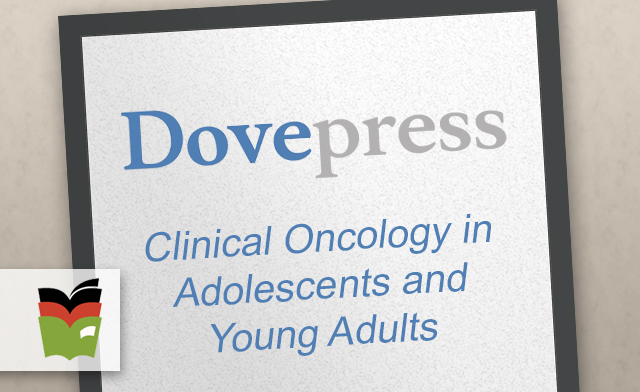Abstract: Although there has been significant progress in the survival of children and older adults with cancer in the last few decades, this has not been the case for adolescent and young adults (AYAs). Although there are multiple reasons why outcomes for AYAs have not improved over time, it is evident from studies that AYAs fare better when enrolled in clinical trials, yet they are much less likely to participate in trials when compared with children and older adults. The goal of this review is to understand the trends in clinical trial enrollment of AYA patients over time, recognize facilitators and barriers to enrollment, and evaluate methods that have been utilized in order to improve clinical trial enrollment for this group of patients. A systematic review of the literature was performed to search for articles related to AYA oncology and clinical trials. The articles that met all inclusion criteria were then subject to full-text review, which yielded 17 articles that used quantitative, qualitative, or mixed methods. The articles reviewed demonstrated that for AYA patients, survival and clinical trial enrollment have shown some improvement over time, yet participation in clinical trials is still relatively poor, particularly for older patients within this group. Major barriers to enrollment in clinical trials include limited access and availability of trials, as well as patient knowledge. We have introduced the 4 Ps Conceptual “Onion Skin” Model, which includes patient, partners, providers, and policies, with the goal of reducing barriers to trial enrollment. Interventions utilizing this model include the establishment of more AYA centers, increased collaboration among cooperative groups with the goal of creating more AYA-specific trials, and educating patients and providers about the benefits of participating in clinical trials. Further studies are needed to understand which interventions would be most successful in encouraging AYA patients to enroll in clinical trials.
Keywords: adolescent and young adult, clinical trials, cancer
BACKGROUND
In the US, over the past 35 years, marked improvement in survival for patients with cancer has increased the number of cancer survivors from 3 million to ~12 million.1 Yet the population of adolescent and young adult (AYA) patients, defined by the National Cancer Institute (NCI) as those between ages 15 years and 39 years at the time of diagnosis, has seen very little progress in survival outcomes when compared with children or older adults with cancer.2 From 1975 to 1997, the average annual 5-year survival rate for children <15 years of age and adults >50 years of age increased by at least 1.5% per year, while in AYAs, there was little or no improvement at all.2
Although the reasons that outcomes for AYAs with cancer remain inferior are multifactorial, some studies have shown that outcomes are better for those who are enrolled in clinical trials.3 Yet compared with children and older adults, a smaller proportion of AYA patients have been enrolled in clinical trials over time. For children <15 years of age, 40%–70% of these patients are enrolled in clinical trials compared with only 14% of AYA patients.4,5 As a group, 15- to 19-year-old participants are best represented in clinical trials, while only 1%–2% of 20- to 39-year olds participate in clinical trials, which is similar to the rate in older adults with cancer.3
One of the major reasons that enrollment of AYA patients in clinical trials has been low historically is regulatory barriers, which limit the availability and accessibility of trials to patients. These policies have originated primarily from the cooperative groups that organize trials, such as the Children’s Oncology Group (COG) and several adult cooperative groups, and the governing bodies, which include the federal Office for Human Research Protections and the NCI’s Cancer Therapy Evaluation Program (CTEP), which preside over these groups.6 A significant barrier related to trial availability is age eligibility, which traditionally has been set at >18 years of age for adult trials and <16–22 years of age for pediatric trials.7 Yet most studies have found that these age limits are arbitrary, and many health-care policy statements have discouraged the use of arbitrary age limits when opening clinical trials.7 Other requirements related to the affiliation of the institution’s institutional review board and its providers may prevent oncologists from enrolling younger patients in a clinical trial, and thereby limiting accessibility. These policies are fortunately in the process of changing, which is discussed in our review.
Given that AYA patients have poor outcomes compared with children and older adults with cancer and that improved survival appears to be linked to participation in clinical trials, we sought to review the literature on the trends of enrollment of AYA patients in clinical trials over time.
The goals of this review were to determine the overall trend of clinical trial enrollment for AYA patients over time, to identify the facilitators and barriers to trial enrollment of AYA patients, and to present the strategies that have been used to target these specific barriers.
